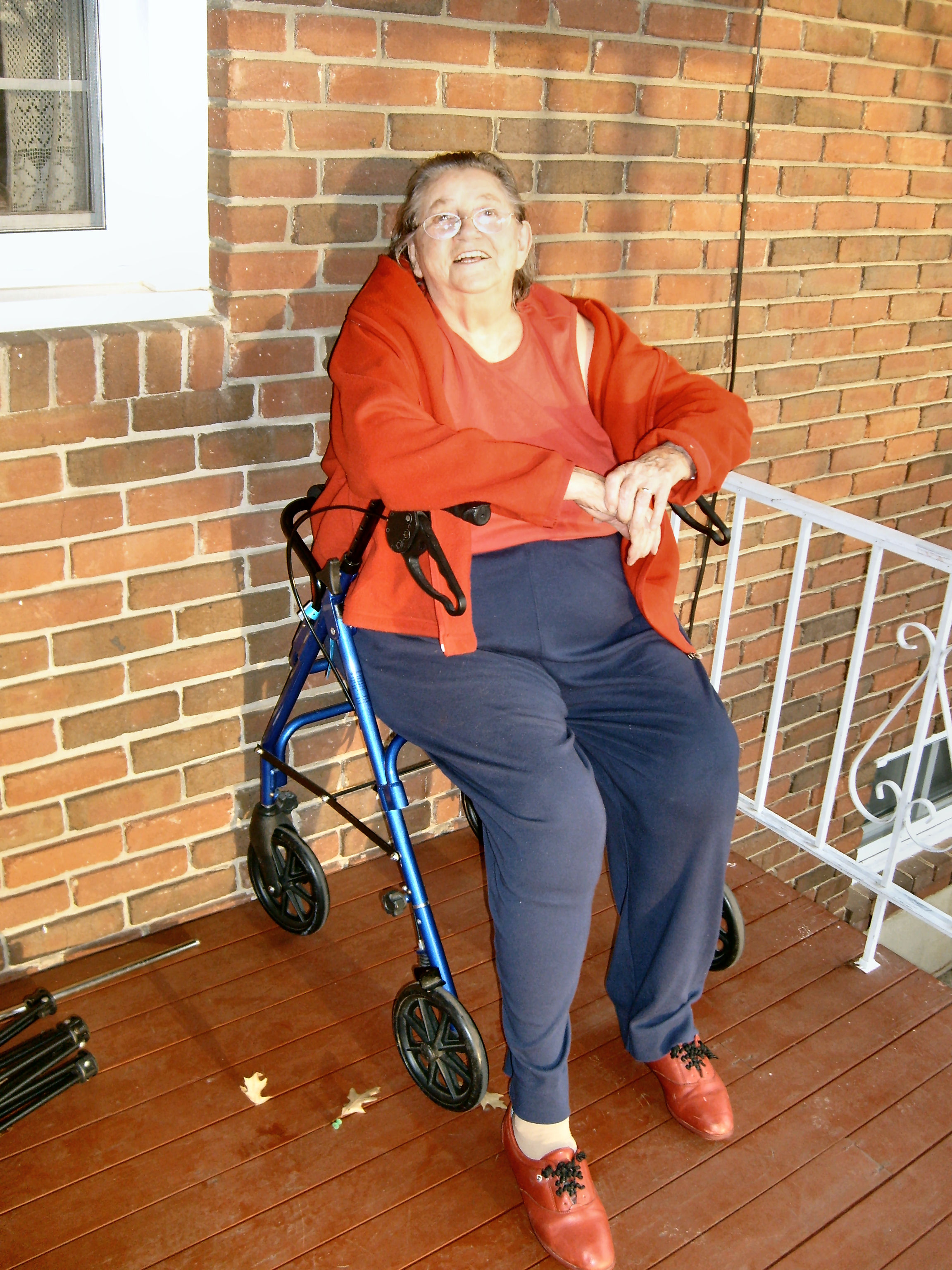While I usually highlight issues inside the home, this month I’m going to talk about getting in the door. While most of us never give it a second thought until we have trouble negotiating them, most homes have at least two or three steps from ground level to the front door. Most attached garages have at least one step up to the main floor level. Sometimes this obstacle becomes an issue after an injury. You or a loved one is ready to come home from the hospital after a broken bone and you realize you can’t get in the house! I’m going to discuss some immediate fixes to get you in the house, but I’m also going to suggest some design ideas so that if you’re building or remodeling you can avoid having the problem come up at all.
The first solution that occurs to most of us is a ramp. For an immediate solution, they’re hard to beat. We have modular aluminum ramps available for sale or rent and we can have them installed within a couple of days. Ramps do have their drawbacks, however. Many people do not like the idea of a wheelchair ramp sticking out of the front of their house. Depending on the topography, you might be able to put it in the back or in the garage. The other drawback of a ramp is the space they take up. A properly installed ramp should slope no more than one inch of rise for every one foot of run. Suppose you have three steps on the front of your house. The typical step is about seven inches tall, so your ramp would have to be at least 21 feet long. Even in a garage where your ramp might be only 7 to 8 feet long, you may be taking up parking space you can’t afford to lose.
Another option to consider is a platform lift or a chair lift. A platform lift will accommodate a wheelchair or a standing person and raises straight up and down. A chair lift is a seat that mounts on the stairs and goes up and down the stairs on an incline. Both of these types of lifts get around the space required by a long ramp, but the cost can be quite high.
If you have the luxury of planning ahead, I would recommend building a zero step entry into every house that is built. Often, the easiest way to do this is to simply build the garage floor level with the main house floor. While building codes used to prohibit this practice, it has been accepted for almost ten years now. Unfortunately most builders continue to build with the step down. Another way to accomplish a zero step entry is to build up earth into a berm leading to the vicinity of the door and constructing a level “bridge” to the door. This prevents the problems associated with backfilling against the wood floor framing of the house which can lead to rot and termite problems. A gently sloping sidewalk is installed leading from the end of the “bridge” to the street or driveway. And don’t forget to install a door with a low threshold that won’t be an obstacle to anyone with mobility issues. It’s also a good idea to provide a roof over the entry to help prevent water from coming under the door as well as to protect you from the weather as you are entering the house.
If you need advice about your specific situation, please give me a call at 540-384-2064.


